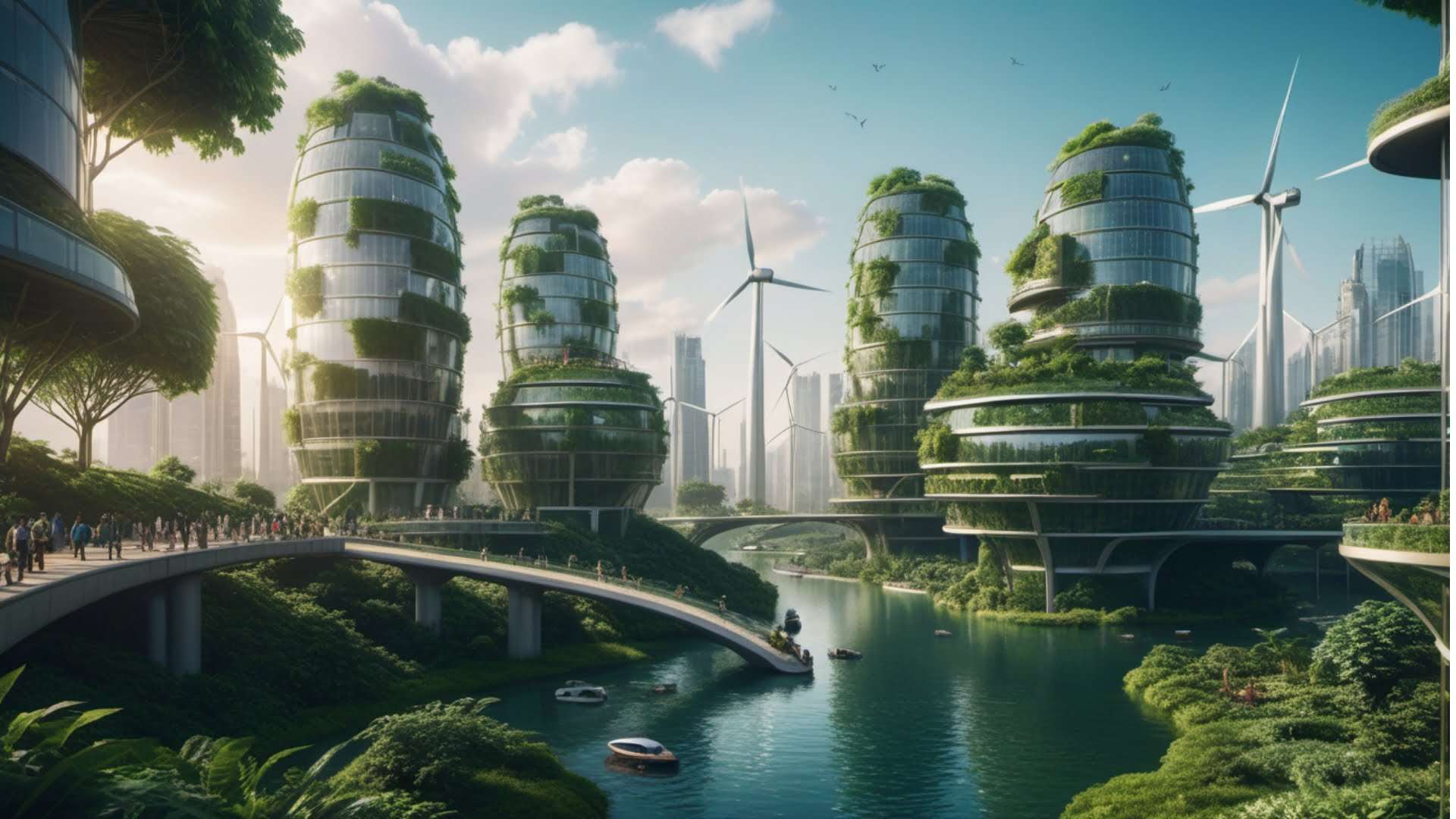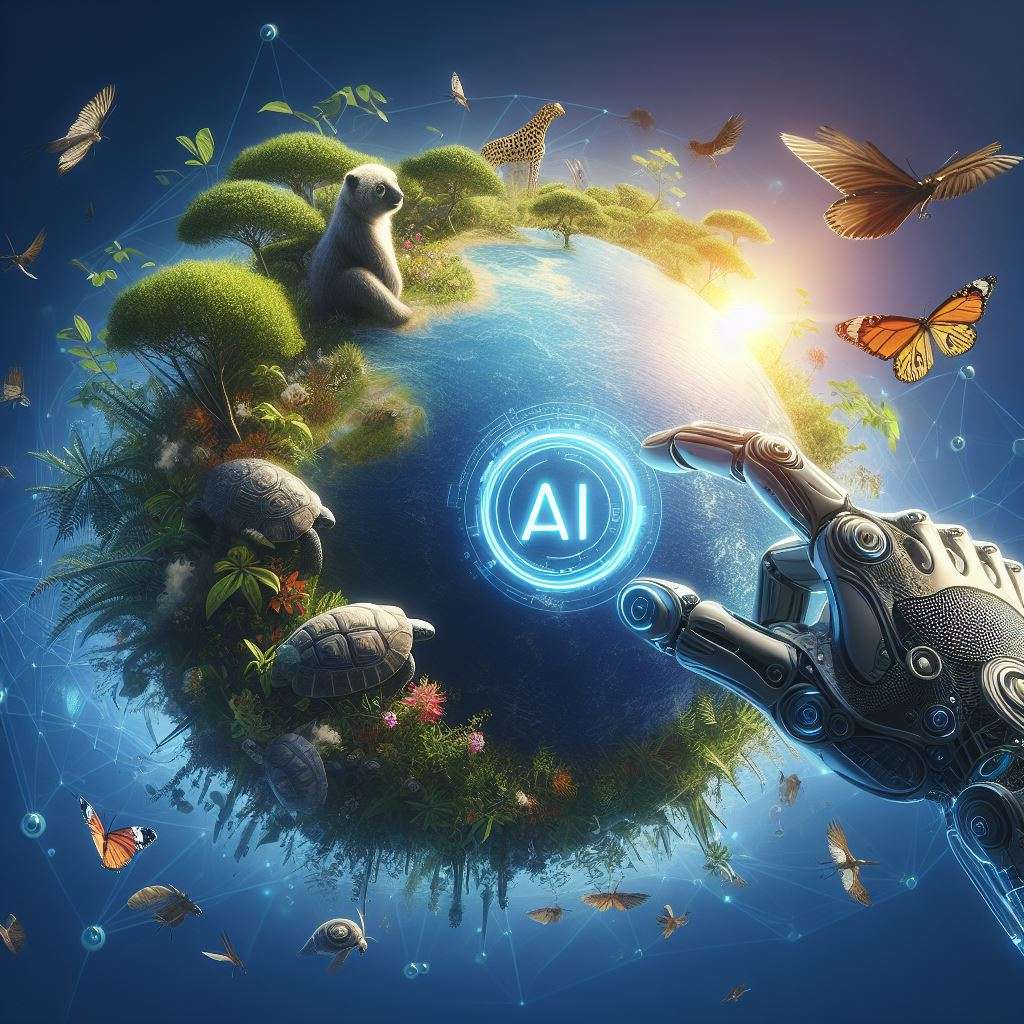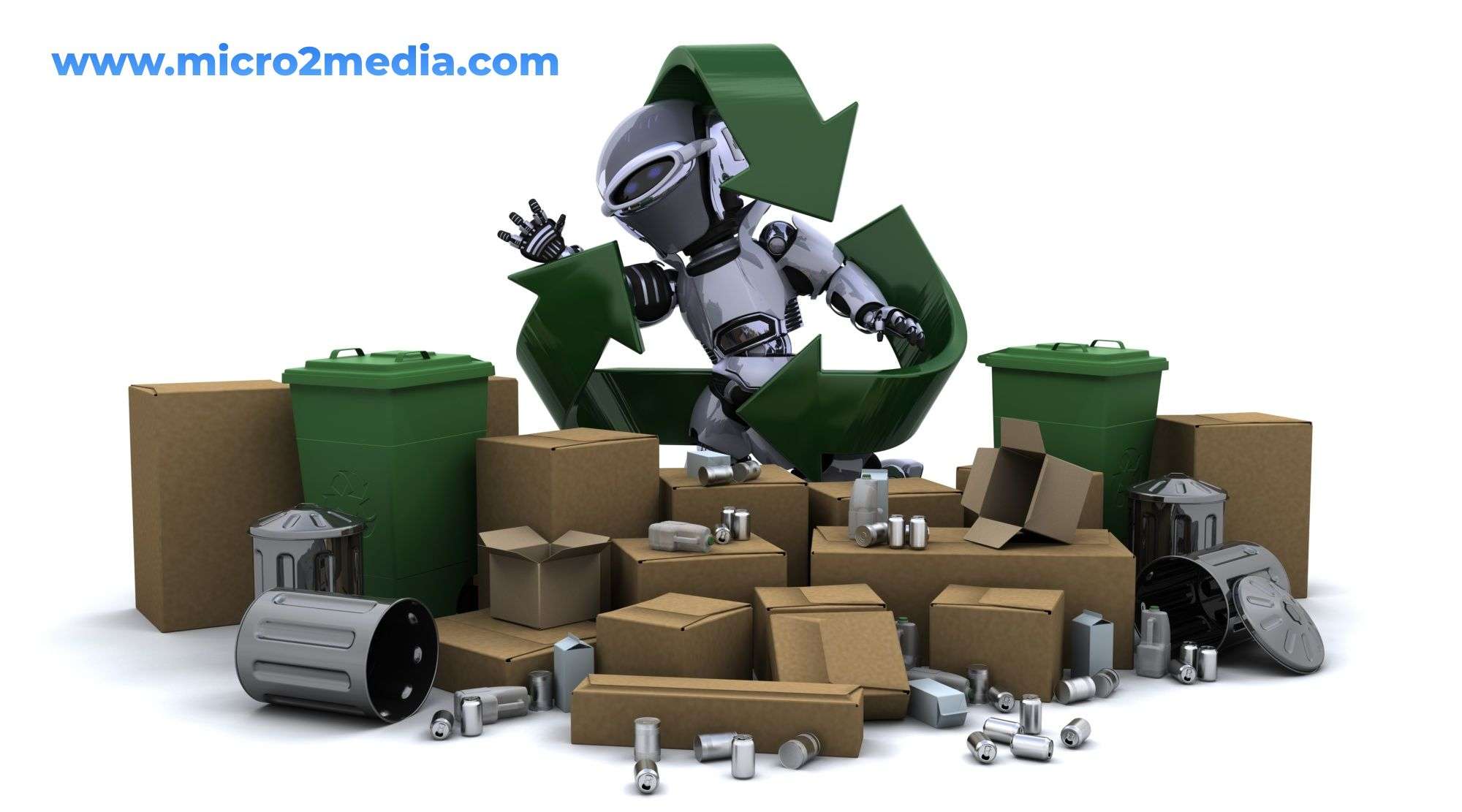In “Nature Recoded,” bioengineered leaves harness photosynthesis to produce biofuels, capture carbon dioxide, and purify the air. This vision uses artificial intelligence and biotechnology to enhance nature’s restorative powers, offering innovative solutions to climate change, biodiversity loss, pollution, water scarcity, and food insecurity.





